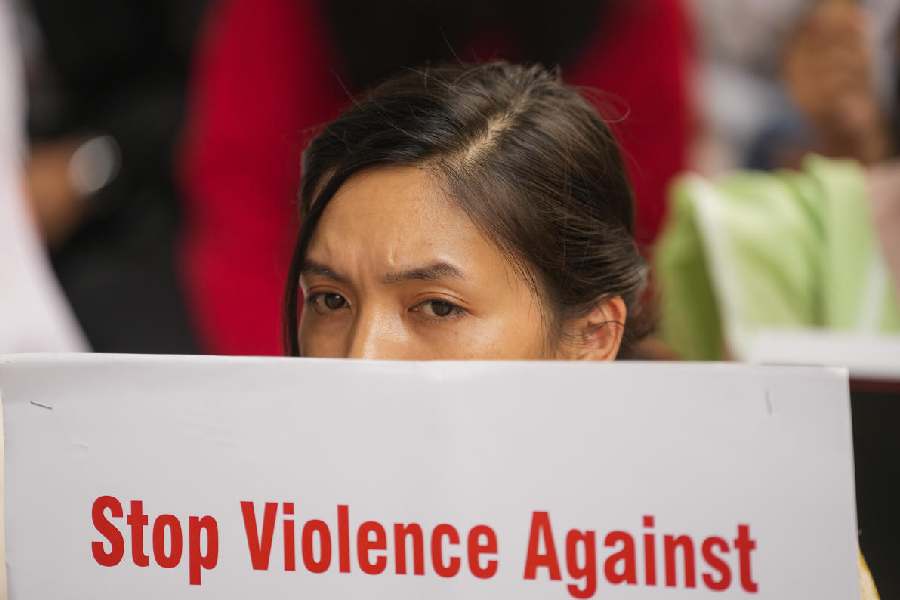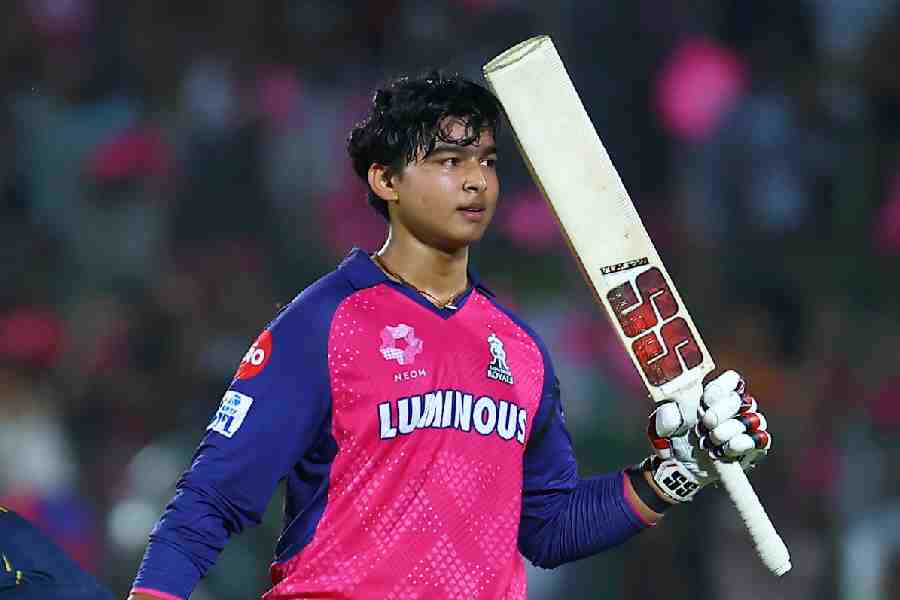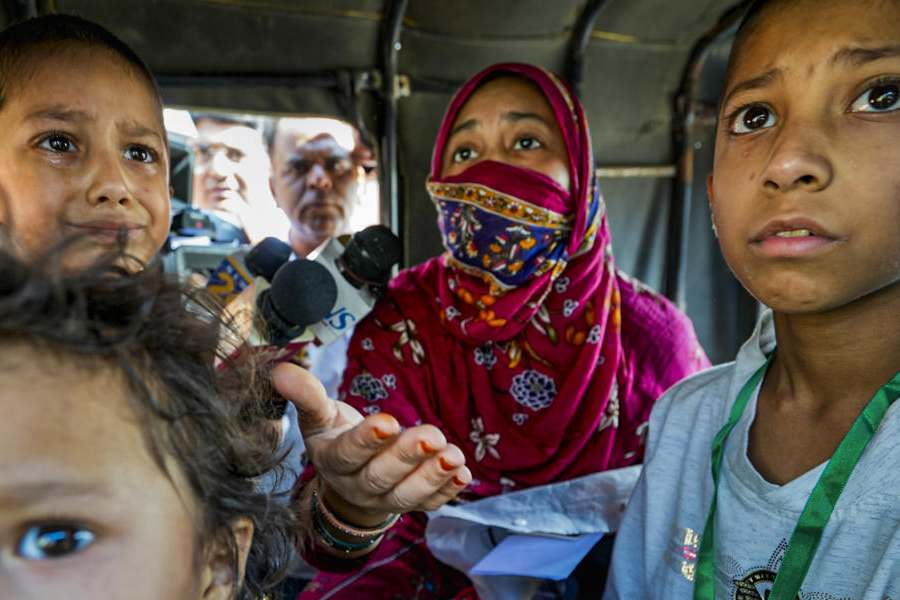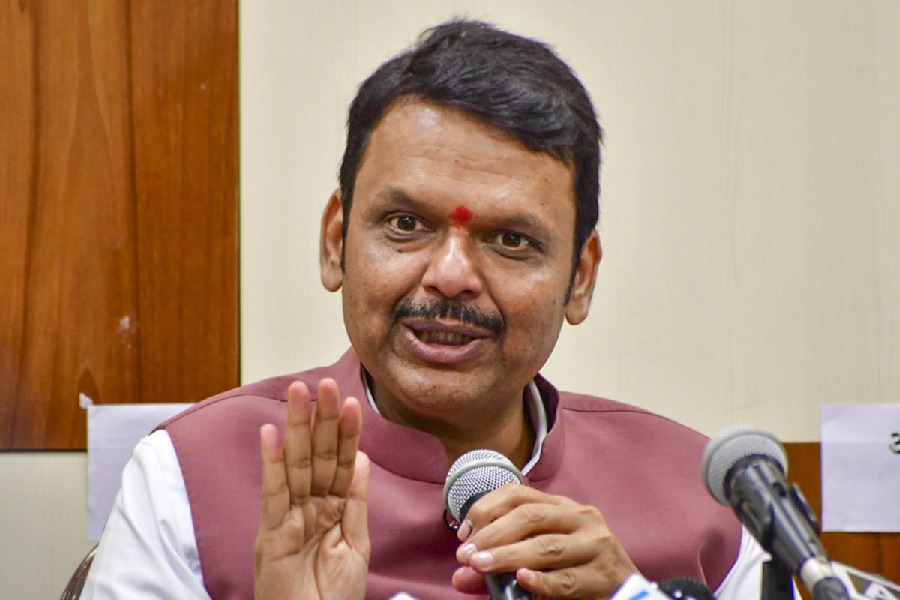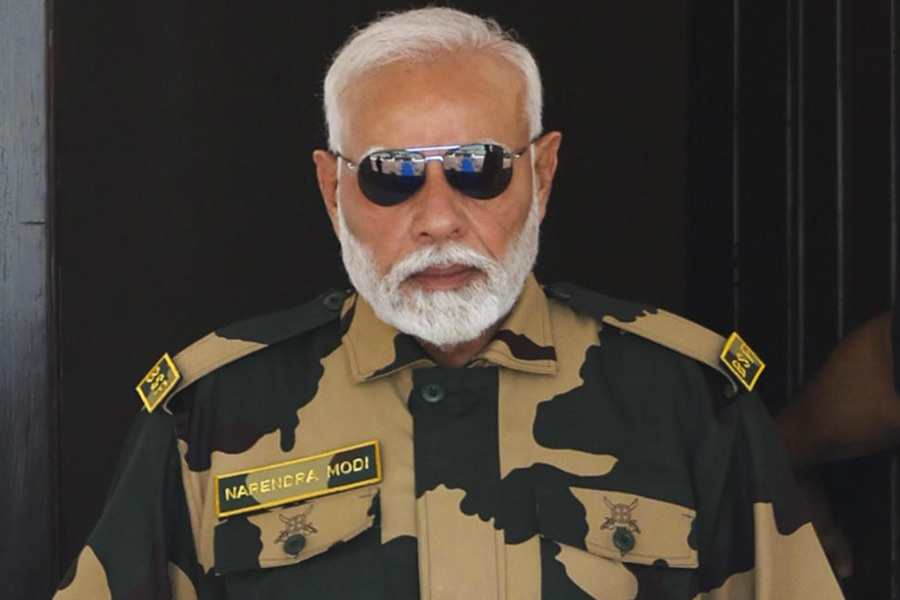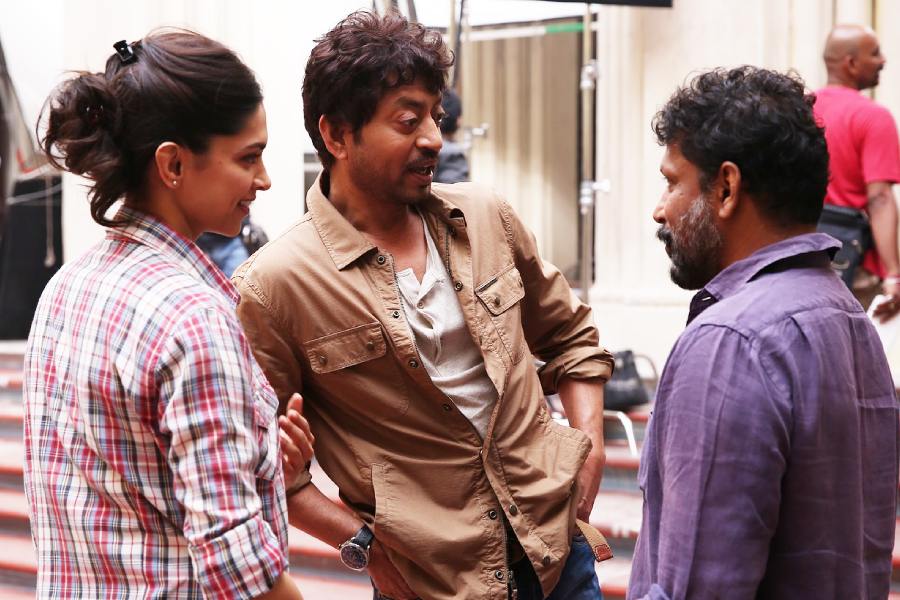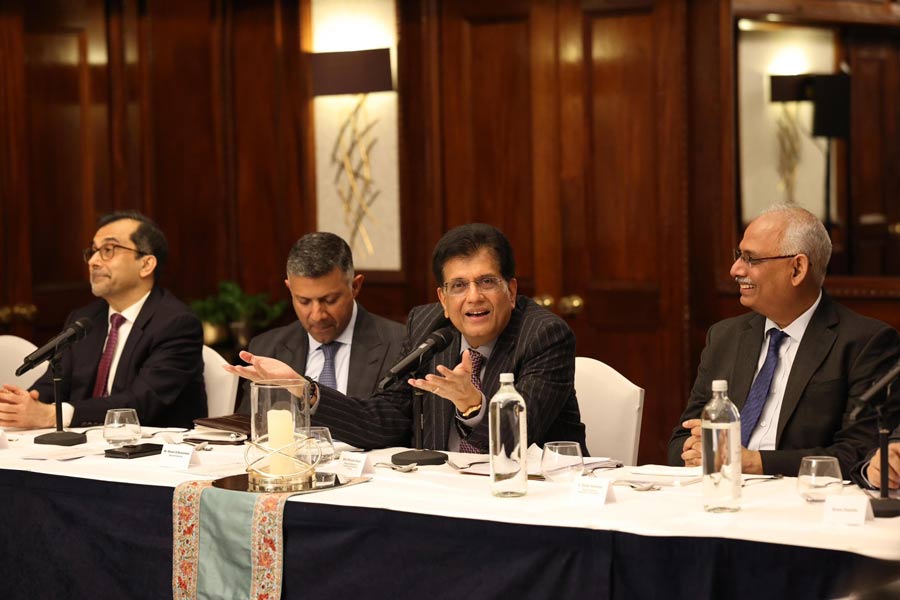 |
 |
| A woman cooks delicacies on the occasion of Nuakhai and (below) a bajnia plays the drum. Telegraph pictures |
Balangir/Sonepur/Sambalpur, Sept. 1: The threat of a possible drought has not dampened the fervour of Nuakhai in Balangir and Sonepur districts in western Orissa. People of both the districts are getting ready to observe the harvest festival with zeal on Friday.
Members of the farming community believe a bad harvest or drought is not above tradition.
“Due to insufficient rains, a drought-like situation is looming over in this region. But Nuakhai is an age-old tradition and is very dear to us since our family members and relatives join us for the festivities from far-off places. Hence, the occasion will be celebrated with enthusiasm,” said Bibhisana Pradhan, a farmer.
Also known as the festival of brotherhood, Oriyas from across the country are coming back here to celebrate Nuakhai with their friends and family. “I work in Mumbai and my work does not let me visit Balangir often. But I never fail to come here during Nuakhai, which is celebrated with zeal in my hometown,” said Amlan Pattnaik, a software professional.
The rituals of the festival includes elements of both the original tribal festival and the Hindu religion. As a prologue to the main festivities, the Pahura jatra was held on Thursday where freshly harvested rice, pulses, vegetables as well as new clothes and ornaments were carried by devotees and offered to the chief deities of Balangir – Maa Pataneswari and Maa Samaleswari.
“Apart from the rituals of worship of deities, the nuakhai juhar, which is the exchange of greetings with friends, well-wishers and relatives and seeking blessings from elders, is a major ritual of the festival,” said Purshottam Mishra, a local culture enthusiast.
Arrangements have been made in the town for cultural programmes in the evening like folk dances and songs, called Nuakhai Bhetghat (Nuakhai meet). People dance to the foot-tapping traditional Sambalpuri music and present dance forms like Rasarkeli, Dalkhai, Maelajada, Chutkuchuta, Sajani, Nachnia and Bajnia.
Celebrations, the bajnia way
The bajnia or drummers in Sambalpur celebrate Nuakhai in a different way.
The bajnias worship their musical instruments on the eve of Nuakhai and tie rakhi on the instruments. “Nuakhai is the most special festival for the bajnias. On this occasion, the farmers offer the first harvested crop of the year to the deity. But we follow an old tradition of worshipping the musical instruments,” said Daktar Barik, a drummer.
“We treat the musical instruments as our God and decorate them before Nuakhai,” he said.
The Pancha Vadya group of instruments that include dhol, nishan, tasha, muhuri and jhanj are gathered brought together for worship. The jhumka and timkidi are also worshipped. After the worship and tying of rachis on the instruments, family members also tie rakhis on each other and then touch their elders’ feet for blessings,” said Barik.
“After the rituals, we sit together and beat the drums and sing devotional songs. This is a sacred occasion for us. A variety of food is prepared out of the newly harvested crop. In the evening, we dance on the beats of drums,” he said.
Siddharth Panda, a researcher on Sambalpuri folk songs, said the drummers offer prayers to their instruments just like farmers worship cattle during the festival. “Apart for their household deities, farmers even worship cows and oxen and tie rakhi on them as a symbol of respect. Similarly, the drums earn the livelihood for the drummer and hence, the drummer ties rakhi on the drum as a symbol of their respect to the instruments,” said Panda.


